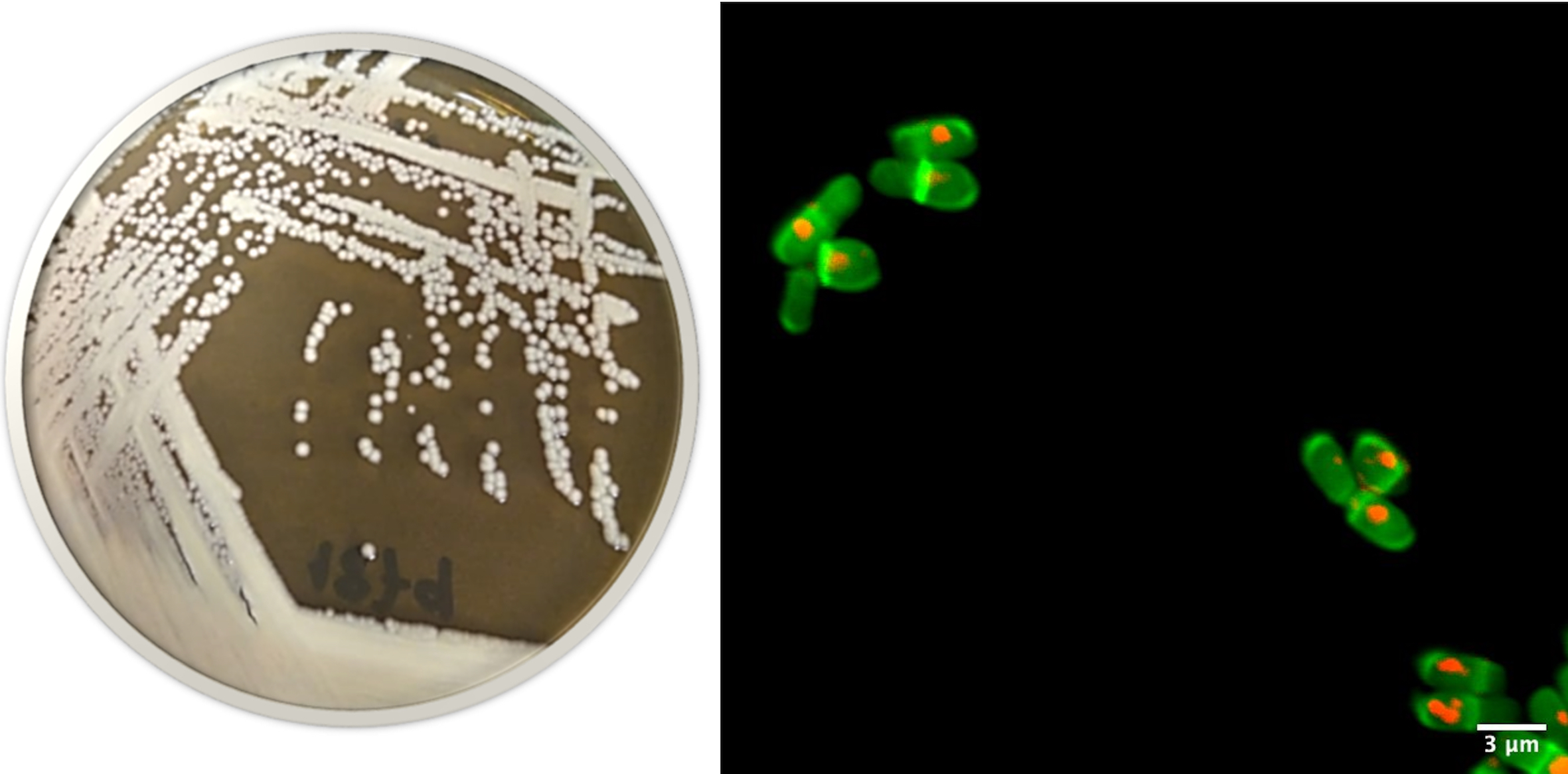
The genome sequence and gene models of Malassezia pachydermatis CBS 1879 were not determined by the Joint Genome Institute (JGI), but were downloaded from Ensembl Fungi on April 11, 2020. Please note that this copy of the genome is not maintained by Ensembl and is therefore not automatically updated. The JGI Annotation Pipeline was used to add additional functional annotation to the author's chromosomes and proteins.
M. pachydermatis is a member of the microbiota of animals. It is an opportunistic pathogen of dogs causing dermatitis and otitis externa, besides it has also been implicated in human bloodstream infections. This species is able to assimilate fatty acids from the growth medium and can thus be considered a facultative lipophilic species. Most interestingly, a typical fungal fatty acid synthase was not detected in the genome. A feature not present as well in other Malassezia species. Furthermore, a total of 50 lipid degrading enzymes were identified in the genome, including 35 lipases and 15 esterases, these enzymes may play an important role in the host invasion process of M. pachydermatis.
Genome Reference(s)
Triana S, González A, Ohm RA, Wösten HA, de Cock H, Restrepo S, Celis A
Draft Genome Sequence of the Animal and Human Pathogen Malassezia pachydermatis Strain CBS 1879.
Genome Announc. 2015 Oct 15;3(5):. doi: 10.1128/genomeA.01197-15
